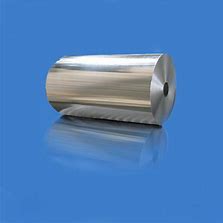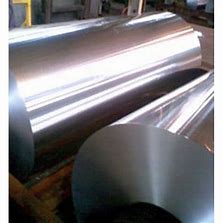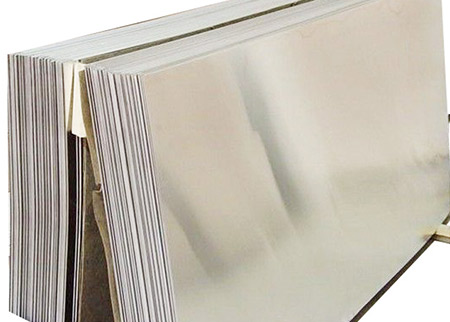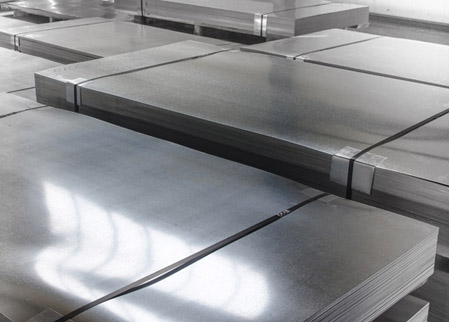



Anodized aluminum is an electrochemical process that creates a layer of oxide on the surface of the aluminum, making it more durable and resistant to wear and tear. The process of anodizing aluminum involves immersing the material in an electrolytic solution and passing an electrical current through it. This causes the surface of the aluminum to oxidize and form a protective layer of aluminum oxide.
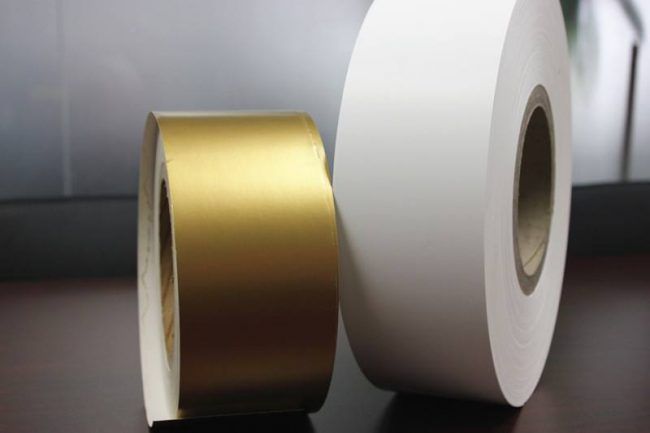
Luster is the shine or glossy appearance of a surface. In anodized aluminum, luster is achieved by polishing the surface or by using brighter dyes during the anodizing process. The level of luster in anodized aluminum can range from matte to mirror-like. The level of luster is determined by the amount of light reflected off the surface of the material, which is in turn determined by the texture and finish of the surface.
While a high level of luster may be desirable in some applications, having too much luster on anodized aluminum can have a negative effect on its properties. The excessive polishing or the use of bright dyes can cause the oxide layer to become thinner, reducing the material's corrosion resistance and durability. This can lead to the aluminum becoming more susceptible to scratches, dents, and other forms of damage.
When anodized aluminum is polished, the surface of the material becomes smoother, which can reduce the surface area covered by the oxide layer. This reduction in surface area can reduce the effectiveness of the oxide layer in protecting the material from corrosion and wear. Similarly, when bright dyes are used, they can interfere with the formation of the oxide layer, leading to a thinner and less protective layer.
To maintain the optimal level of luster in anodized aluminum, it is important to strike a balance between the aesthetic appeal and the functional properties of the material. The anodizing process should be carefully monitored to ensure that the oxide layer is not compromised by the use of bright dyes or excessive polishing. In addition, the level of luster should be carefully considered during the design phase of a project, taking into account the intended use of the material.
In conclusion, while luster can enhance the aesthetic appeal of anodized aluminum, having too much luster can negatively impact the material's properties. Therefore, it is important to maintain an optimal level of luster to ensure the longevity and durability of the material. By carefully monitoring the anodizing process and considering the intended use of the material, it is possible to strike a balance between the aesthetic appeal and the functional properties of anodized aluminum.
* Thank you for your inquiry. Please provide your business needs information so that we can better serve you.
This information can help us assign the most suitable person to solve your problem. We will give you feedback within 1-2 working days.
Related Blog
